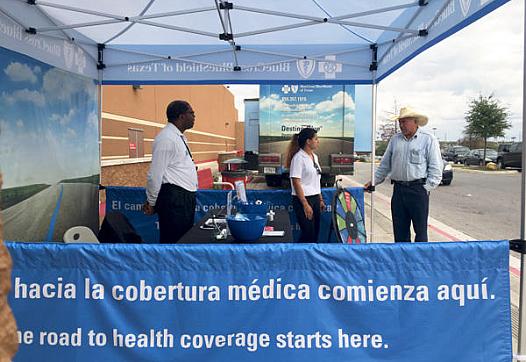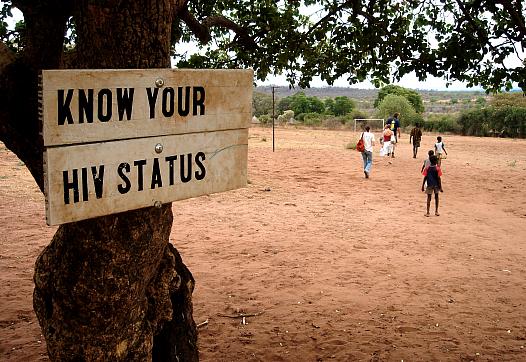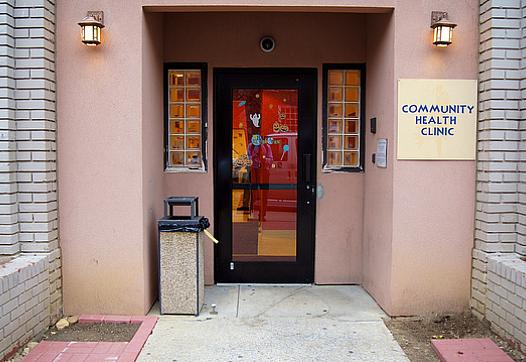
Radio reporter Veronica Zaragovia of KUT in Austin focused her reporting series on the rollout of the ACA in Texas, especially some of its unanticipated effects. Here she reflects on a few of the lessons she learned along the way.

Radio reporter Veronica Zaragovia of KUT in Austin focused her reporting series on the rollout of the ACA in Texas, especially some of its unanticipated effects. Here she reflects on a few of the lessons she learned along the way.

Leah Beth Ward's sustained reporting in The Yakima Herald-Republic on the impacts of Washington’s dairy industry has helped spur important changes. In the second half of our Q&A, Ward discusses the reaction to her series, both from the industry and the broader community.

The 2015 California Health Journalism Fellowship kicked off with a wide-ranging conversation between Gerald Kominski of UCLA's Center for Health Policy Research and Anna Gorman of Kaiser Health News on the past and future of health reform.

My project will compare the health status of Valley Latinos living in a handful of urban communities to those living in rural towns.

Most people wouldn’t think of the San Joaquin Valley - California’s agricultural heartland - as a hotbed for sexually transmitted infections. But the agriculturally rich yet impoverished region has a significant and growing HIV/AIDS problem that’s troubling local health officials.

There are around 120,000 indigenous Mexican migrants living in California. Most of them are farmworkers, face poor living conditions and higher than normal rates of illnesses. Many don't speak English or Spanish and are living in the country illegaly. They typically don’t have access to health care.

This three part series will be looking into mental health care among black communities within the U.S. Focusing on access, stigmas and cultural views toward mental health.

At La Clínica de la Raza in Northern California, the surge of new Medicaid enrollees has made it difficult for the clinic to meet the demand for care. But the need to make the most of limited resources has also led the organization to adopt new innovations, such as the "morning huddle."
I was nervous about the final story in my series from the start, since I'd need to feature someone who fell into the large group of “other” uninsured. Finding such a source would take me down a lot of dead ends before I finally got a solid lead and, ultimately, an amazing source.

For La Clínica de la Raza, long a source of care for a diverse Oakland community, the ACA has increased the clinic's share of insured patients. But financial pressures are still a constant reality, and the problem will worsen dramatically if federal funding isn't renewed.